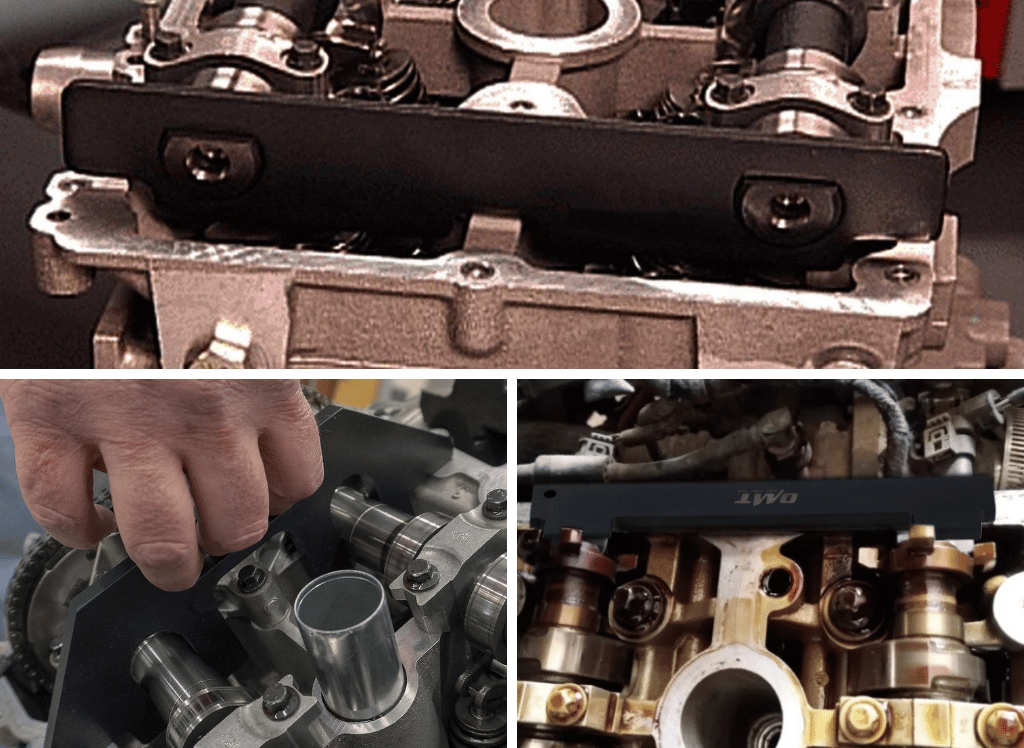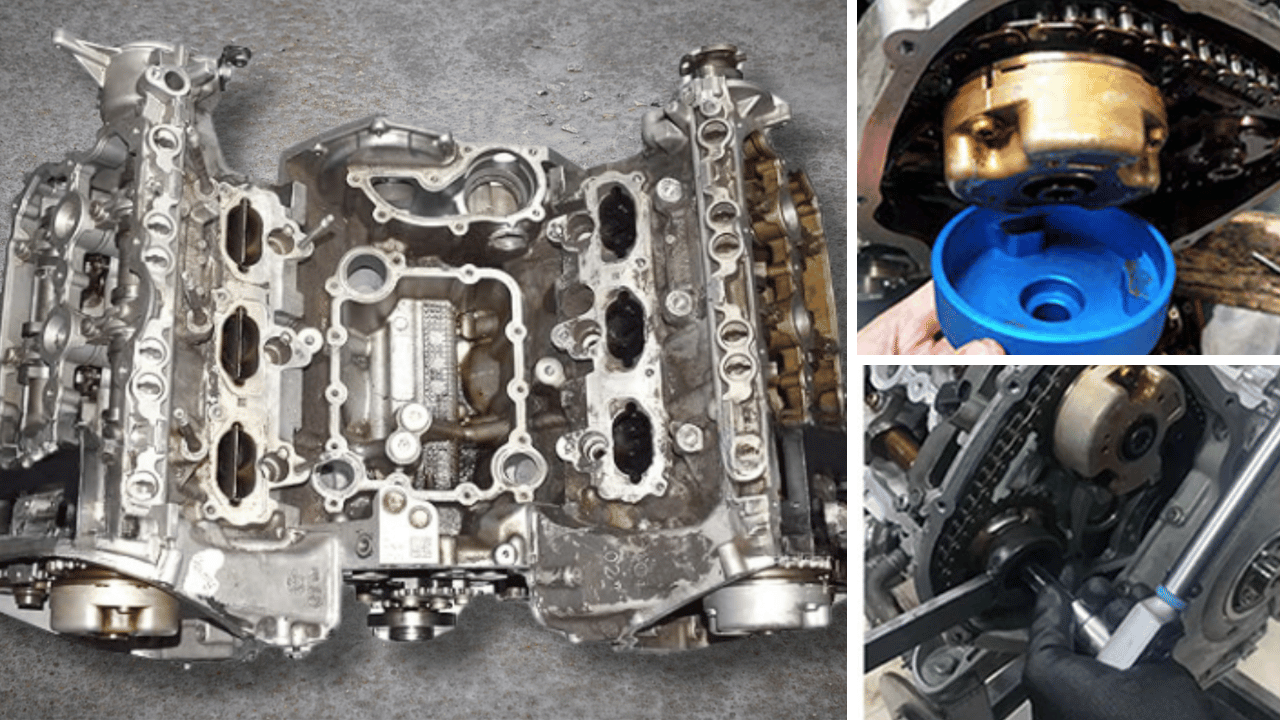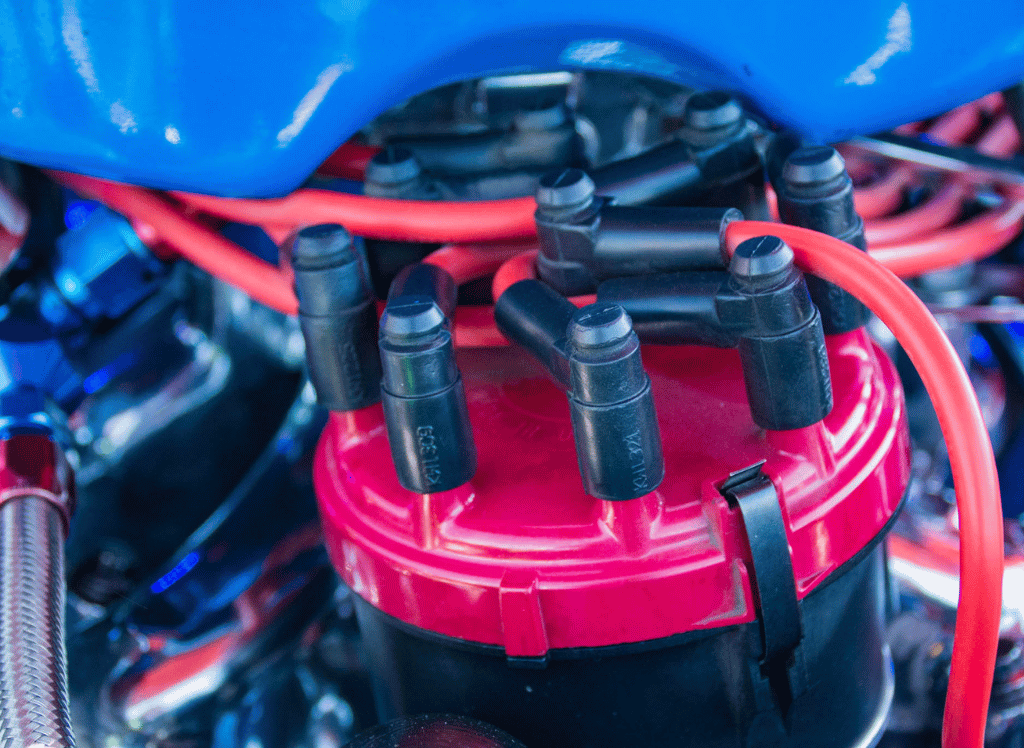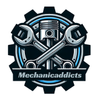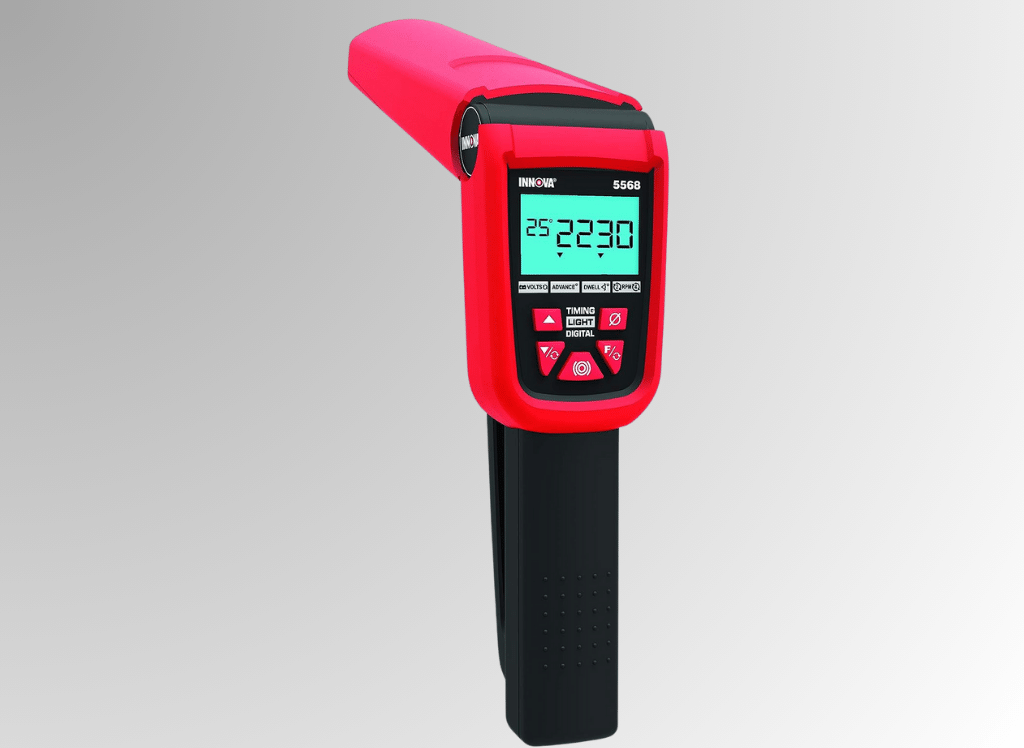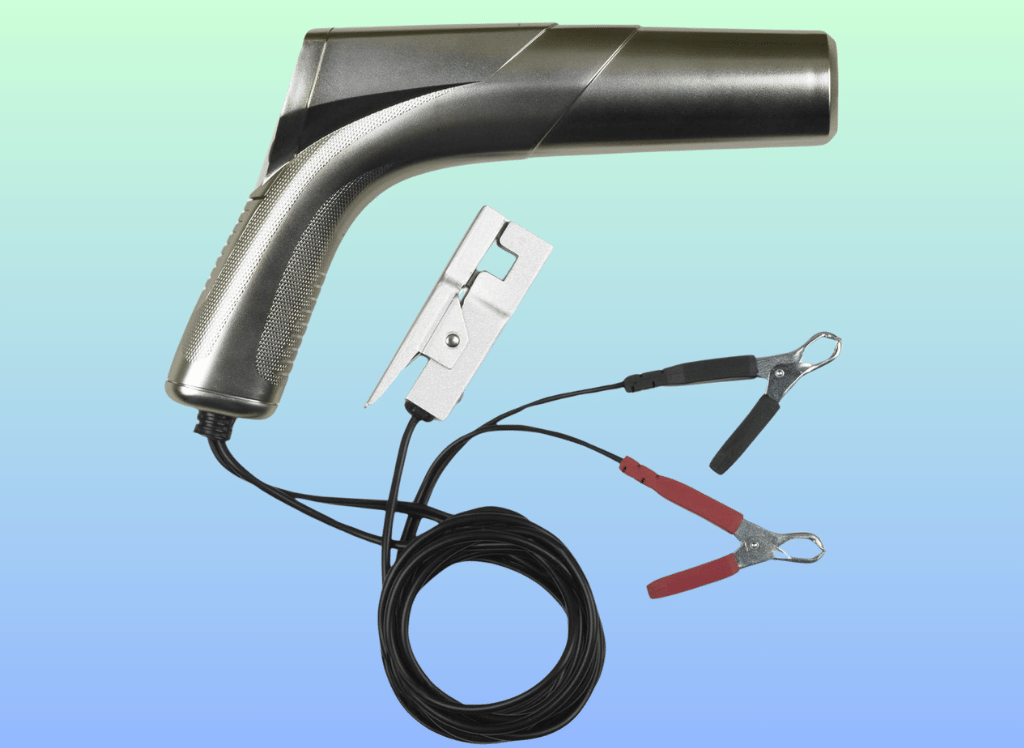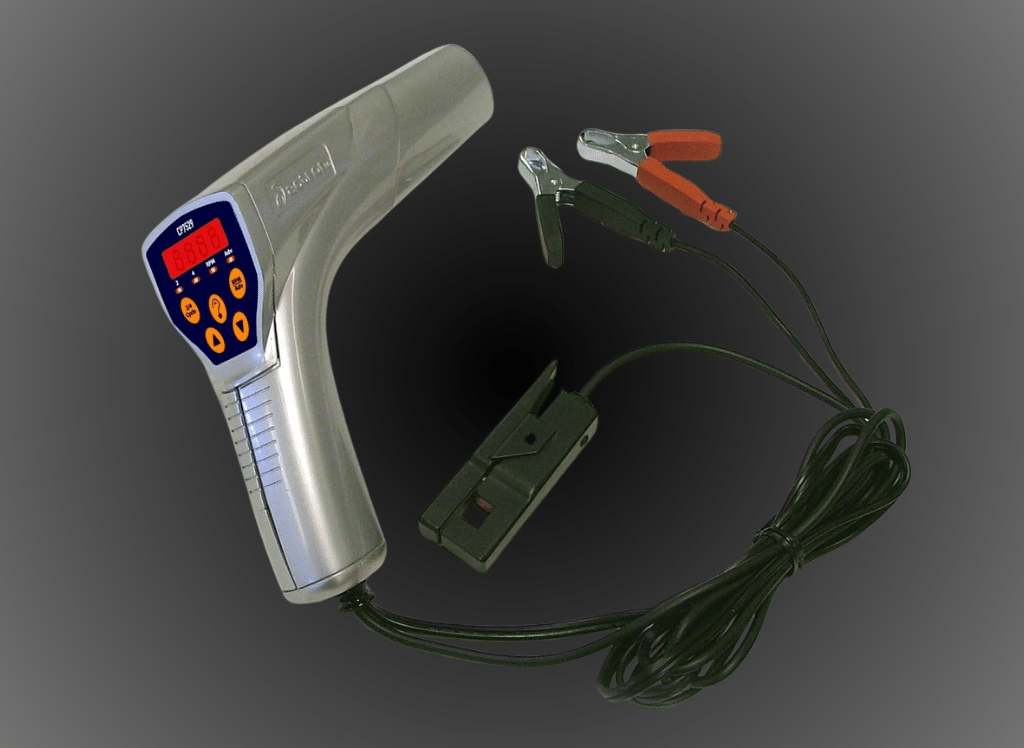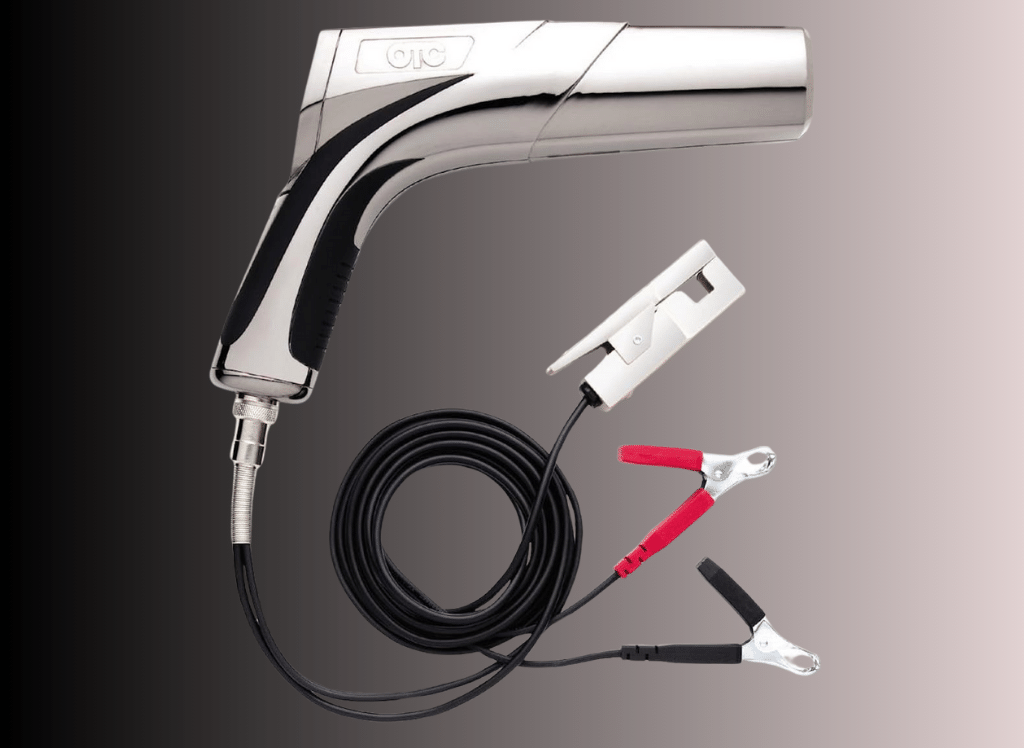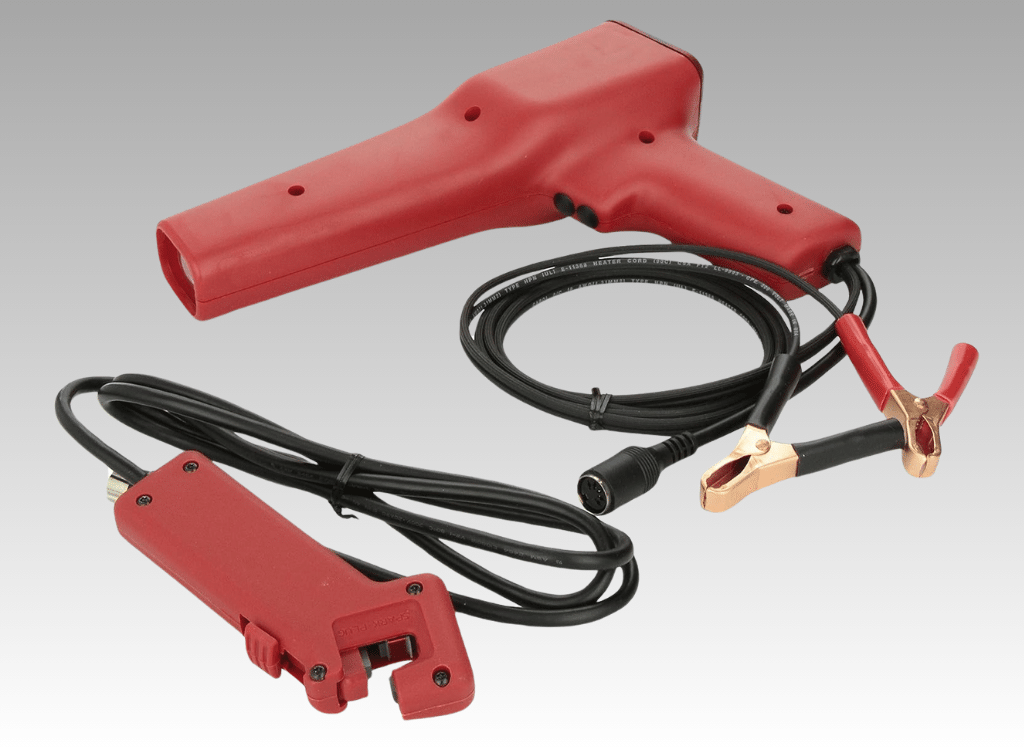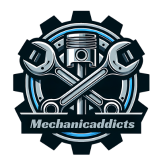Timing Light: A Product Review
Check out our top picks for the best timing lights. Say hello to precision with these must-have timing lights for any car enthusiast.
Are you looking for the best products? We've got you covered! Our editors independently selected each item on this list. Mechanicaddicts may collect a share of sales or other compensation from links found within these pages if they choose to buy something (that's how we stay in business). Reviews have been edited for length and clarity; enjoy finding your next favorite thing today!
Looking for the Best Tips on Timing Light?
You're in the right place! In this article, we'll discuss some of the best products on the market and how they can work for you.
We'll help you find the perfect product for your needs so that you can get back to what's important - your business!
Read our article for the best tips on Timing Light today!
How Mechanicaddicts Chooses the Timing Light
You're looking for the best option for Timing Light, but you're overwhelmed by all the different products on the market.
You don't want to spend unnecessary time researching or wasting your time or money on the wrong product for Timing Light if you don't know they work for you.
Our expert reviewers have spent time reviewing the best products for your needs. This article is for you! In it, we'll help you understand what to look for when choosing a Timing Light and recommend some of our favorite products.
Why We Like It
The Innova 5568 digital timing light is a professional-grade tool perfect for advanced engine tuning. Its four functions, digital readout, can measure tachometer, advance, dwell, and voltage. Additionally, it has patented skip circuitry, allowing you to test up to 9990 RPM. This makes it an ideal choice for mechanics working on high-performance engines.
Things to Know About This Tool
The Innova 5568 Pro Digital Timing Light is a heavy-duty shock-proof housing with a molded boot for extra protection against the fan blades. The detachable 6-foot leads with inductive pickup make it easy to use with one hand, and it also comes with a molded plastic storage case.
Why We Like It
The Bosch FIX 7529 Digital Timing Light is a professional-grade tool perfect for conventional, electronic, and computer-controlled ignition systems. Additionally, it is compatible with DIS and 2-cycle systems. This timing light delivers quick, easy, and accurate readings every time. It also features a soft grip handle for added comfort during use.
Things to Know About This Tool
The BOSCH FIX 7529 Digital Timing Light is a top-of-the-line product that offers features not found on other timing lights. The digital LED readout lets you see your RPMs precisely, and the advance selector button can easily change between 2 and 4-cycle readings. The RPM advance selector button also has a lock feature, which keeps it in place while you're testing.
Why We Like It
The Actron CP7529 Digital Timing Light is a must-have tool for mechanics and DIYers. This precision instrument is loaded with features to help you accurately measure engine RPM, timing, and advance. The brightly lit LED display ensures accurate readings even in low light conditions, while the Xenon flashlight provides extra illumination when needed. Durable metal construction ensures years of reliable use.
Things to Know About This Tool
The Actron CP7529 Digital Timing Light is a professional-grade tool designed to work with gasoline-powered vehicles. Its features make it easy to use, including an LED display, RPM selector button, and up/down buttons. The Xenon flash feature is super bright, and the all-metal inductive pickup ensures durability.
Why We Like It
The OTC 3365 Professional Advance Timing Light is a unique tool that allows you to adjust your base accurately and advance timing readings. It has an adjustable knob that measures centrifugal vacuum and computer advance, as well as an on/off touch control. This makes it an extremely accurate and durable tool for any mechanic or DIY enthusiast.
Things to Know About This Tool
The OTC 3365 Professional Advance Timing Light is an excellent tool in your car. It includes an all-metal inductive pickup, and a reflected super bright Xenon flash. The light also has a durable plated ABS housing with over-molded grips. Installation is easy, as no setup is required, and it easily connects to the vehicle's OBD II connector. The timing light can display status in 15 seconds or less, making it quick and easy to use.
Why We Like It
The MSD Ignition 8992 Timing Light is a rugged and easy-to-use timing light that is highly accurate. The inductive pickup is detachable for storage, and the built-in magnets make it easy to attach to your engine.
Things to Know About This Tool
The MSD Ignition 8992 Timing Light is a great tool for mechanics and hobbyists. It features an intense strobe visible during daylight, providing stable timing signals. This makes it easy to time the ignition system of your car accurately.
Timing Light FAQs:
You're probably wondering if Timing Light is the right purchase for you.
Knowing which is right for you cannot be evident with all the options.
Don't worry; we've got you covered. We've put together a list of Frequently Asked Questions about Timing Light so that you can make your next purchase with total and complete confidence!
1. What Is Timing Light?
A timing light uses a synchronized brighter light flash to inspect and retard or advance the timing of an engine. Most self-contained units have both an inductive and a contact pickup.
You connect the alligator clips of the timing light to the Number 1 spark plug wire and the ground. When you rev the engine, the brighter light will flash on the contact pickup. The timing mark on the harmonic balancer or pulley should be lined up with the TDC mark on the timing cover when the light is at its brightest point. If it isn't, you can adjust the distributor until it is.
2. Where Do Timing Lights Get Power to Operate?
A timing light is a standard equipment used to measure the speed at which an engine's harmonic balancer is rotating. The power for a timing light comes from the vehicle's battery.
The leads from the battery are connected to the terminals on the timing light. The other end of the lead is connected to the spark plug wire.
An electrical current flows through the timing light when the trigger is pressed. This causes the bulb in the timing light to flash the rate at which the bulb flashes can be used to determine the engine's speed.
A self-powered timing light does not need to be connected to the vehicle's battery. Instead, it contains its power source, such as a small generator or batteries. This timing light is more expensive than a regular one, but it is much more convenient.
3. How Is Ignition Timing Inspected With a Timing Gun?
A timing light is connected to the number one spark plug lead to check the timing. The timing mark on the harmonic balancer/ crankshaft pulley or timing pointer is aligned with the Top Dead Center (TDC) mark on the timing cover.
With the engine running, the timing gun is aimed at the timing mark, and the advanced timing readout will indicate if the timing is too far advanced or retarded. If it is not within specifications, it will need to be adjusted.
The amount of mechanical timing advance can also be checked with the timing gun. The timing should advance as the engine rpm increases.
4. What Spark Plug Wire Should a Timing Light Be Fastened To?
The timing light hooks up to the spark plug wires and helps indicate when the spark plugs are firing. The timing light should be fastened to the spark plug wire connected to the number one cylinder to get an accurate reading.
The number one cylinder is typically at the front of the engine on the driver's side. Once the timing light is hooked up, it can be used to help adjust the timing of the spark plugs so that they fire at the correct time.
This can help improve the engine's performance and ensure it runs correctly.
5. What Is a Mechanical Advance Distributor?
A mechanical advance distributor is a device that helps to control the timing of an engine's ignition. The distributor is connected to the engine's camshaft, and as the camshaft turns, it rotates a set of gears that open and close the points in the ignition system.
This produces a spark that ignites the air/fuel mixture in the cylinders. The timing of the spark is critical to the engine's performance, and the distributor helps to ensure that it occurs at the right moment.
As the engine speed increases, the distributor advances the timing of the spark, ensuring that the combustion process occurs at the optimum moment.
This allows the engine to run more efficiently at higher speeds. Mechanical advance distributors are commonly used in gasoline-powered engines but can also be used in diesel engines.
Final Thoughts About a Timing Light
Timing light may seem simple, but there’s a lot of science behind how and when it should be used. This article outlines the basics of timing light and its many applications in personal and professional settings. We hope you found this helpful information and will consider using timing light to improve your life or work. Click that button for your next high-quality tool!
Thank you for reading!
Your friend,
Todd
#TimingLight #AutomotiveTools #EngineMaintenance #CarEnthusiasts #DIYMechanic
